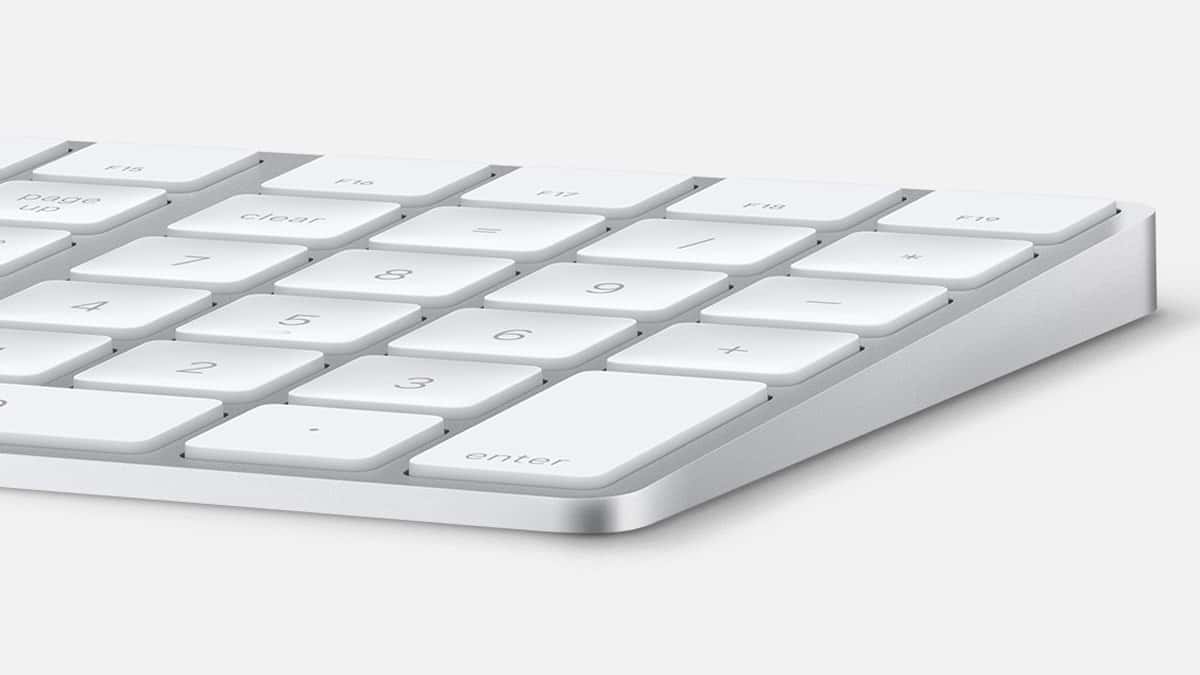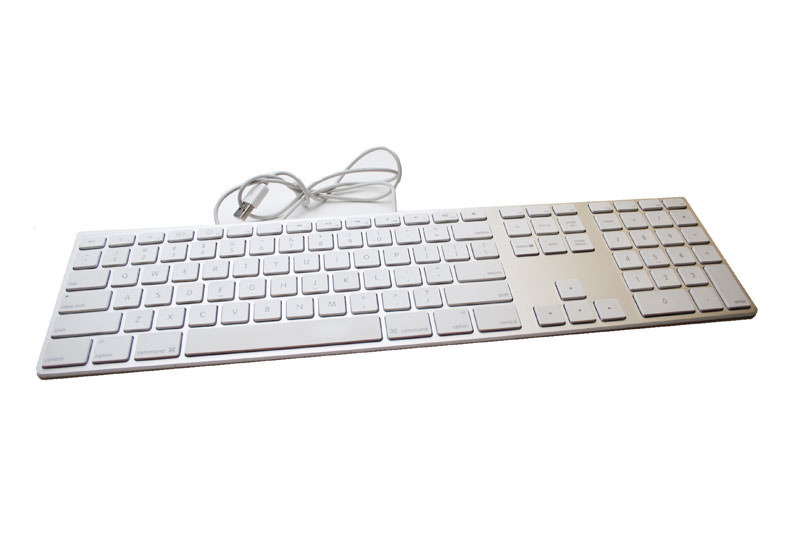

The reason for this is because all of Apple’s modern devices have USB-C ports and do not have USB-A. The same still applies to the Magic Keyboard with Touch ID, except instead of it being a USB-A cable to lightning cable, it is now a USB-C to lightning cable. The Magic Keyboard does not have any external batteries and connects via a lightning cable. The first Magic Keyboard was introduced in October of 2015. The Magic Keyboard with Touch ID is not the first Magic Keyboard, far from it. This review will cover the Magic Keyboard with Touch ID, although everything in this review also applies to the Magic Keyboard with Touch ID and Numeric Keypad. There is a variant of these two that includes a Touch ID sensor.

There are only two different types of Magic Keyboards, the Magic Keyboard and the Magic Keyboard with Numeric Keypad.

When it was introduced, many wondered how long it would be until Apple released a standalone keyboard with Touch ID. The 24-inch iMac included a new set of colors, a new profile, and a new accessory, a Magic Keyboard with Touch ID. In April of 2021, the first desktop machine with Apple Silicon was introduced, it was an upgrade to the 21-inch iMac, a new 24-inch M1 iMac. The Mac mini does not have a keyboard included. The MacBook Air and MacBook Pro have built-in Touch ID sensors on their keyboards. There were three devices introduced as the first machines, the 13-inch MacBook Air, the lower-end 13-inch MacBook Pro, and the lower-end Mac mini. The M1 is similar to the A-series of chips found in the iPhone and iPad. The first of these chips was introduced in November of 2020, and the System on a Chip is called the M1. On Intel Machines, Apple built some custom silicon, called the T2 chip, that would be the interface between the Secure Enclave and the built-in Touch ID sensor.Īt their World Wide Developer Conference in June of 2020 Apple announced that they would be moving away from Intel chips to their own custom silicon. If it does not match, then it fails and you have to try again. When you attempt to authenticate with Touch ID, the Touch ID sensor computes a hash of your finger and compares it with the fingers stored in the Secure Enclave and if there is a match, then the authentication request succeeds. Instead, it is a mathematical hash that cannot be directly accessed by the system and securely stored in a place called the Secure Enclave. Touch ID uses a fingerprint for this authentication, however, it is not an image of your fingerprint. One of these upgrades was brought over from the iPhone and iPad. Some of the peripherals, in particular the mice, have not always been the most well received.Īs time has gone on the Mac line of computers have received a set of upgrades that enhance a user’s experience. Ever since the original Macintosh, introduced in 1984, there have been peripherals, like the a keyboard and mouse, included with most desktop computers.


 0 kommentar(er)
0 kommentar(er)
